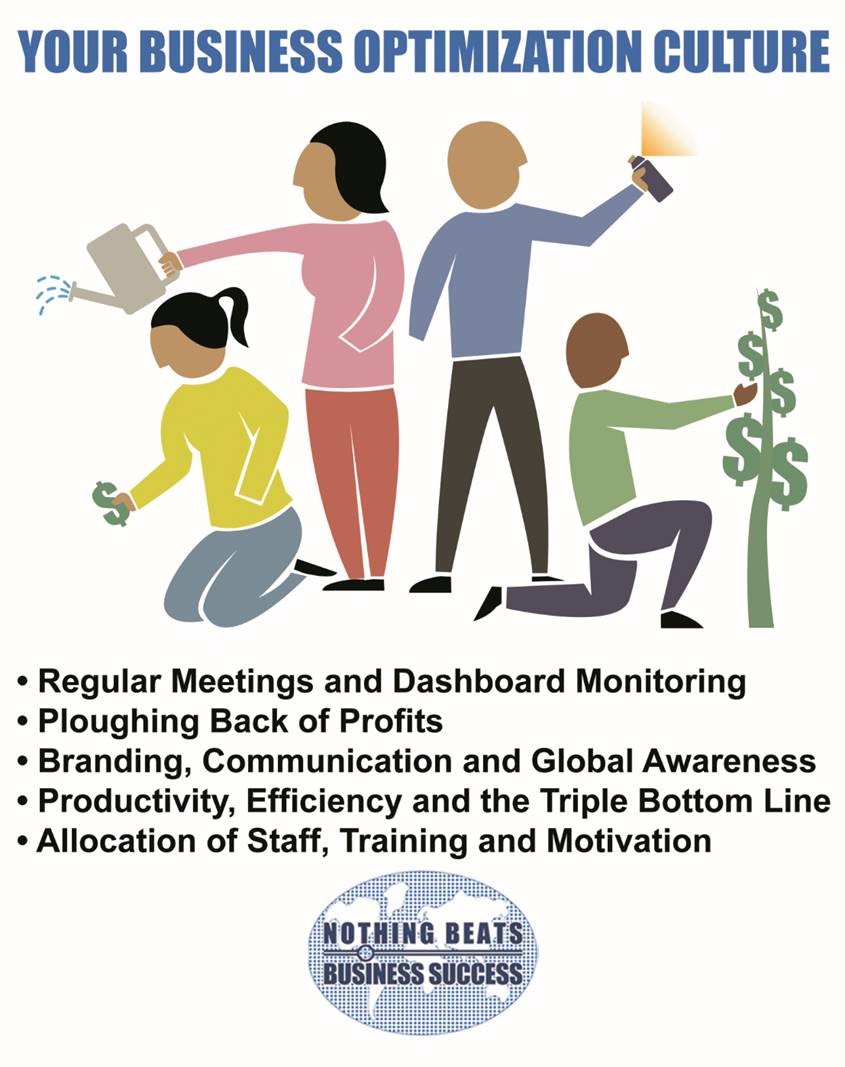“But they who wait for the Lord shall renew their strength; they shall mount up with wings like eagles; they shall run and not be weary; they shall walk and not faint.” – Isaiah 40:31
A government’s mandate is to perform regulatory and service functions in support of the private sector, whose responsibility it is to “do business”.
The private sector consists of established businesses which are in various stages of development as well as startup businesses with varying potential to contribute significantly to economic growth. All business activity is important especially when considered as a network which contributes to job creation, investment and the circular flow of money.
It is very important that each of these businesses contribute to the triple bottom line in the context of profits (a quantitative measure of sustainable business), people (a high happiness quotient) and the planet (comprehensive protection of the environment). Collectively their success redounds to the benefit of the country.
To do this each business has to be the best that it can be. It must adopt a business optimization culture. This means that we must attempt to maximize the elements of the triple bottom line in the face of an ever changing mix of the quantity and quality of goods and services offered, the quantity and quality of service delivery by team members and the proactive assessment of client needs to ensure that they are uniformly satisfied.
The overall business optimization culture may be broken down into five sub-cultures.
The business model must be established and the organization of regular meetings involving various groups is essential to maintain internal communications as well as communications with the clients. At these meetings targets are set to be achieved in a given time frame. The monitoring of performance of the team, to determine how well these targets have been achieved, should be facilitated by using an appropriate dashboard system to provide results, at a glance.
At the outset of a business it is wise to adopt a policy which states that, apart from the initial capital, which varies in size depending on the nature of the business, the source of investment of the company is going to be to plough the profits back into the company. This does two things. It introduces the discipline of enhancing the size of the business, increasing productivity enhancement and practising cost containment as well as adopting a “no loans” culture until the assets are strong enough to support loans, if necessary, to facilitate the growth of the business.
Branding, communication and global market awareness should be acutely articulated in the Vision and Mission of the company since this is going to drive the revenue generation. Without healthy revenues there can be no profit.
Productivity in terms of labor, machines, technology and process control yield significant opportunities for increased efficiency overall and, coupled with a cost containment culture, increases the profits significantly.
The fifth sub-culture is to continually pay attention to your most important asset, your team members. You must develop them to the fullest in terms of training and motivation and allocate them appropriately within the organization.

Business optimization is about maintaining the rate of profit growth, providing excellent goods and services, which conserve the environment, and ensuring our team members are happy and our clients are satisfied. Let us continually strive to achieve this, as we continue the journey for company growth and sustainable national success.
(Dr. Basil Springer GCM is a Change-Engine Consultant. His email address is basilgf57@gmail.com. His columns may be found at www.nothingbeatsbusiness.com and on www.facebook.com/basilgf).
